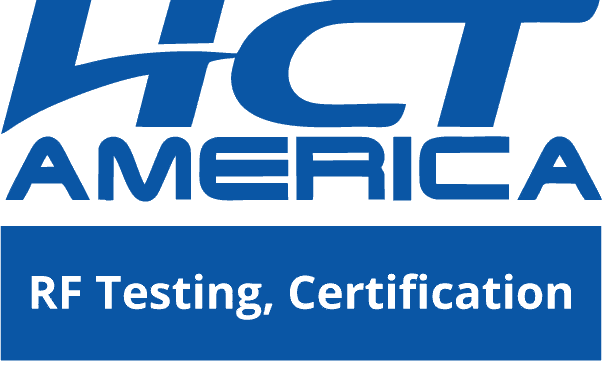The Latest Outcome for the Apple iPhone Radiation Class Action Lawsuit

Apple just dodged a major legal bullet this year – and it was all thanks to effective RF (radio frequency) testing. You may have seen a story on the news about iPhone radiation and the danger it might pose to consumers.
In this post, we want to get you up to speed on the Apple iPhone class action lawsuit and the implications it might have for tech companies in the future.
How Did It Start?
On October 29th, 2020, a federal judge dismissed a major lawsuit regarding iPhone radiation.
This class action suit started in August of 2019 when lead plaintiff Andrew Cohen sued Apple – claiming that tests proved the iPhone emitted high levels of radiofrequency radiation.
All wireless equipment (such as smartphones) are legally required to undergo RF compliance testing before they can be sold to consumers. This testing measures the radiation emissions of the device to ensure the levels are within the range legally allowed under federal law. This testing also ensures that the wireless equipment does not interfere with electromagnetic emissions in its surroundings.
Businesses that either do not undergo testing – or sell their products before RF testing is completed – can face legal ramifications. All products on the shelves must be immediately recalled and all consumers who purchased the items must receive reimbursement or a replacement. The company will likely be faced with a major fine, a loss of their sales license or those responsible could even face imprisonment.
This plaintiff (along with ten others) filed the suit claiming that Apple “intentionally misrepresented” the results of the RF testing for the iPhone 7, 8, and X models. The same statement was also made towards Samsung for the Galaxy S8, S9, and J3 models.
What the Investigation Uncovered?
This lawsuit launched an investigation to follow up on these claims. First, the Chicago Tribune published its own RF testing results from the RF Exposure Lab based out of San Marcos, CA. This test measured the radiation emissions from 11 different phones, including:
- iPhone 7S
- iPhone X
- iPhone 8
- iPhone 8 Plus
- Galaxy S9
- Galaxy S8
- Galaxy J3
- Moto e5 Play
- Moto g6 Play
- Vivo 5 Mini
These tests concluded that all of the Samsung models were within the federal safety limit. The results from the iPhones varied from model to model, but there was evidence that the iPhone 7S phones exceeded RF testing limits. However, it should be noted that the iPhone 7S was not included in the list of iPhone models mentioned in the lawsuit.
Apple disputed the results from the Tribune’s testing, claiming that the lab did not test the phones according to proper procedures.
In December of 2019, the FCC (Federal Communications Commission) conducted a second set of RF tests on the iPhone and Samsung phones. These tests measured the RF emissions of the phone within five millimeters, per published FCC Rules – and the results were within safety limits.
Results
The details of the case and the report’s findings from the FCC RF testing results were brought before US District Judge William Alsup. The judge ruled that these test results were accurate and proved that the phones met federal standards for radiation emission levels.
Judge Alsup stated: “The Lab found no evidence of violations of the technical standards. Apple’s iPhones have thus demonstrated compliance with its exposure limits not once but twice. Allowing a federal jury to second-guess the agency’s determinations would interfere with the balance struct in the equipment-authorization program. The federal regulations must displace plaintiffs’ claims.”
What Does This Mean?
This is certainly not the first lawsuit regarding RF exposure and radiation emissions for cellphones – nor will it likely be the last.
Since 2015, organizations including the United Nations and World Health Organization have been fighting for stricter RF exposure guidelines. The National Toxicology Program, which is a branch of the US Department of Health and Human Services, published findings that RF radiation from cellphones could be linked to cancerous heart tumors.
This most recent lawsuit proves that accurate and comprehensive RF testing is more important than ever before for tech companies. The federal regulations for RF emissions could change, especially as more evidence linking it to health concerns are published. All wireless devices must be thoroughly tested to meet all compliance ratings – and RF Testing Labs must be able to prove that their methods and findings are properly recorded to avoid further legal troubles.
Conclusion
Tech manufacturers should take note of this latest lawsuit and understand the importance of partnering with trustworthy, accurate testing labs. Companies that can prove the accuracy of RF testing results for their products can avoid future lawsuits, just as Apple has.
HCT America Engineering offers comprehensive compliance testing from our state-of-the-art laboratories. We specialize in global compliance and we are the leading provider of Certification Acceptance Body (CAB) services for countries around the globe.
Contact us to learn more about our RF testing, EMC, and EMI design and mitigation services.






